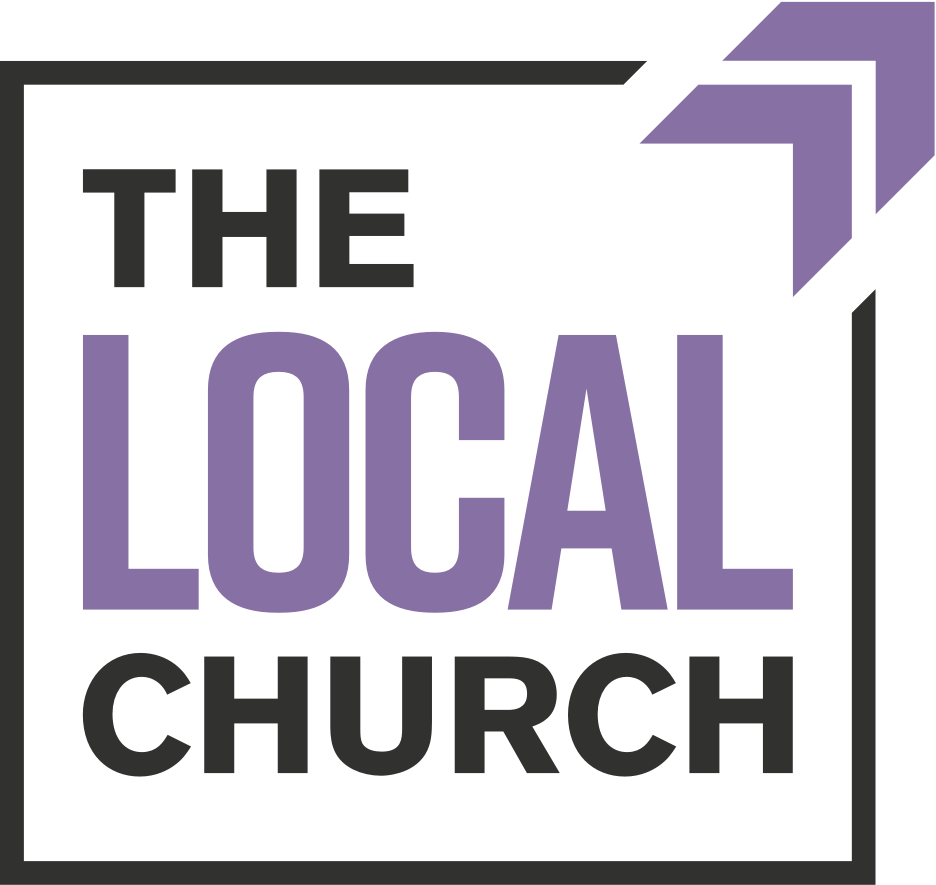Part 2: Finding Your Inner Authority
Howard Thurman, whose wisdom continues to inspire and whose voice is needed perhaps now more than ever, offered this profound insight:
"Don't ask what the world needs. Ask what makes you come alive and go do that, because what the world needs is more people who have come alive."
Howard Thurman wrote: "In order to answer the question 'Who am I?' the individual must go on to ask, 'To whom, to what do I belong?'" This profound insight guides us into the second step of creating our working paper. For Thurman, discovering our Inner Authority wasn't just about personal growth—it was about finding our place in God's movement toward healing and justice in the world.
What You'll Need
30 minutes of uninterrupted time
A quiet space
A journal or notebook
A candle (optional)
Your reflections from Step One
Beginning Where We Are
If you completed Step One, you identified a core truth that resonates deeply within you. Perhaps it was "Everything is moving toward healing," "Love is more powerful than fear," or "No one is beyond redemption." This truth isn't just a personal insight—it's a glimpse of how the Divine is moving in the world, inviting us to participate in something larger than ourselves.
If you haven't yet discovered your core truth, that's perfectly fine. Thurman understood that spiritual insight often emerges slowly, like a seed breaking ground. Nothing is wasted in this process.
Understanding Inner Authority
We live in what Thurman might call the economic and social marketplace—a world of endless advice, productivity hacks, and self-help solutions. Everyone seems to have an opinion about who we should be and how we should live. Somewhere in all that noise, our own inner voice—what Thurman called our Inner Authority—can get buried under layers of shoulds and musts and supposed-tos.
This Inner Authority isn't the voice of ego or fear or endless striving. It's something deeper. It's the place where our individual story meets God's story for the world. When we're able to center down and find ourselves settled in divine belonging, we can return to who we've always been—not just for our own sake, but for the sake of a world yearning for healing.
So here’s how to begin to find your own Inner Authority.
The Centering Practice
Find your quiet space. If you have a candle, light it. Just as Thurman found his center beneath an old oak tree, find your place of meeting with the Divine.
Begin with three deep breaths
With each inhale, receive God's love
With each exhale, release what isn't serving you
Notice your body
Feel where you make contact with your chair or floor
Remember that you are part of creation's great unfolding
Let your body settle into its belonging
Return to breath
Let each breath connect you to the Spirit that moves in all things
When your mind wanders (and it will), simply notice and return
Hold the question
Ask yourself, or ask God: "Who do you say that I am?" This is the same good question Jesus asks.
Stay with this question for 5-10 minutes
When thoughts arise, let them pass like clouds in the sky or leaves on a stream.
The Reflection Practice
With your journal ready, reflect on these essential questions. Write freely, without censoring or editing:
Who am I?
In 5, 10, 15 years... what is it I want to be true for myself?
If money were no object, what would I be doing right now?
When in my life have I felt most authentically myself? What was I doing?
Write everything down, not worrying about making sense of it yet.
Integration
Next, read through everything you've written slowly. Thurman believed that our deepest truth emerges when we learn to listen beneath the surface. Notice:
What words or themes keep appearing?
What surprises you?
What makes you feel expanded rather than contracted?
What connects to the larger work of healing and justice in the world?
What feels like it comes from your deepest truth rather than your conditioned responses?
Working with Resistance
You might notice resistance arising—doubts, fears, or "yeah, but..." thoughts. These are natural parts of the journey. Instead of pushing these thoughts away, welcome them as teachers. They're not obstacles to overcome but signposts pointing to where healing might be needed, both in ourselves and in our communities.
Gathering the Threads
Finally, on a fresh page, complete this sentence: "When I listen deeply to my own inner authority, I know that I am..."
Closing the Practice
Return to your breath. Light your candle again if it has gone out. Remember that this practice, like all spiritual practices, is not about reaching a destination but about returning again and again to your true home—your belovedness in God and your place in the larger movement toward healing and justice.
In our next step, we'll begin to see how your individual calling connects to the larger work of transformation in the world, and you’ll begin to define your personal mission. As Thurman knew, personal spiritual work is never separate from sacred action—they are two movements of the same divine dance.
Remember: There is no rush. Take time to sit with what has emerged. Trust that the Spirit is at work, even (and especially) in the questions that remain unanswered.

